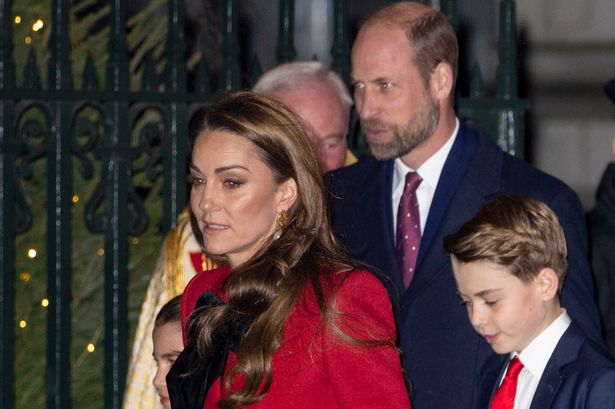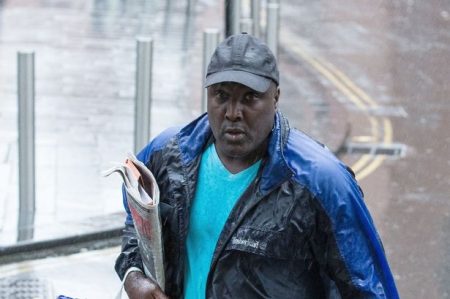Prince George, the eldest child of the Prince and Princess of Wales, is rapidly approaching his tenth birthday, a milestone that traditionally marks the transition into adolescence. This juncture presents William and Kate with a significant decision regarding his future education, one that could potentially deviate from the established royal precedent. For generations, royal children have been educated privately, often in exclusive boarding schools, a tradition famously upheld by Prince William himself. However, as George’s formative years unfold in a rapidly changing world, the Waleses are faced with the option of challenging this historical norm, considering alternative educational paths that might offer their son a broader and more diverse experience.
The standard path for royal offspring, particularly male heirs, has typically involved attending prestigious boarding schools like Eton College, the alma mater of both Prince William and Prince Harry. This tradition emphasizes academic rigor, a structured environment, and the cultivation of social networks within the upper echelons of society. The benefits of such an education are undeniable, providing access to world-class resources, fostering independence, and preparing students for positions of leadership. However, this approach also isolates royal children from the everyday realities faced by most of their future subjects, potentially fostering a disconnect that could be detrimental in their roles as public figures. The Waleses, keenly aware of the evolving expectations surrounding the monarchy, are likely weighing the advantages and disadvantages of this traditional route against the potential merits of a less conventional approach.
One alternative under consideration could be a continuation of George’s current education at Lambrook School, a co-educational preparatory school near Windsor Castle. This option would allow George to remain closer to his family and experience a more conventional childhood, fostering stronger bonds with his siblings, Princess Charlotte and Prince Louis. Staying at Lambrook would also expose him to a more diverse student body, potentially offering him a wider perspective on society. However, this choice might also necessitate a future shift to a different secondary school, posing a further decision point down the line and potentially disrupting his established social and academic environment.
Another potential avenue for George’s education could involve enrolling him in a state-funded school, a truly radical departure from royal tradition. This option, while unprecedented for a senior royal in direct line of succession, aligns with the Waleses’ apparent desire to raise their children with a greater sense of normalcy. Attending a state school would immerse George in a more representative sample of British society, allowing him to interact with children from diverse backgrounds and gain a deeper understanding of the challenges and opportunities faced by ordinary families. Such a move could also be interpreted as a strong symbolic gesture, demonstrating the royal family’s commitment to public education and their desire to connect with the general populace on a more tangible level. However, the logistical and security challenges associated with educating a future monarch in a state school are significant, and would necessitate meticulous planning and substantial resources.
Furthermore, homeschooling, although less likely given the Waleses’ emphasis on social interaction for their children, remains a theoretical possibility. This approach could offer a highly tailored educational experience, catering to George’s individual needs and interests while providing a sheltered environment. However, it also carries the risk of isolating him further from his peers and limiting his exposure to the broader world. The Waleses are likely prioritizing an education that balances academic excellence with social development, allowing George to thrive intellectually while also cultivating the emotional intelligence and interpersonal skills necessary for his future role.
Ultimately, the decision regarding Prince George’s education rests solely with the Prince and Princess of Wales. They must navigate a complex landscape of tradition, public expectation, and their own personal values to choose the path they believe best serves their son’s development and prepares him for the unique challenges and responsibilities that await him. Whether they choose to adhere to the established royal precedent or forge a new path, their choice will undoubtedly be scrutinized by the media and the public, reflecting the ongoing fascination with the future of the monarchy and the young prince who stands to inherit its legacy. Their decision, however, will not merely shape George’s individual future but could also signal a subtle shift in the monarchy’s relationship with the modern world.














